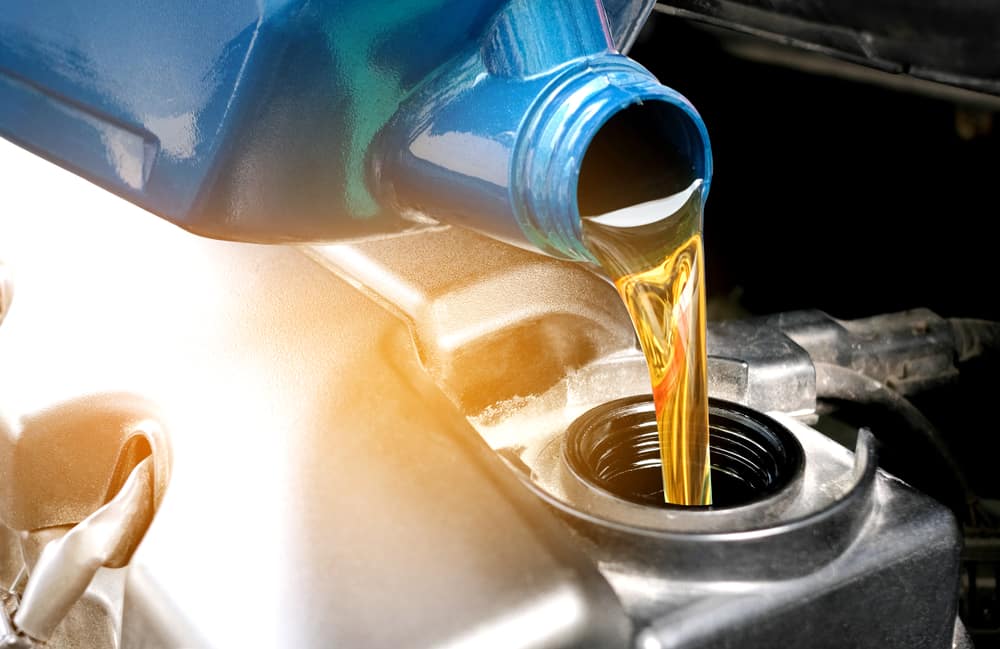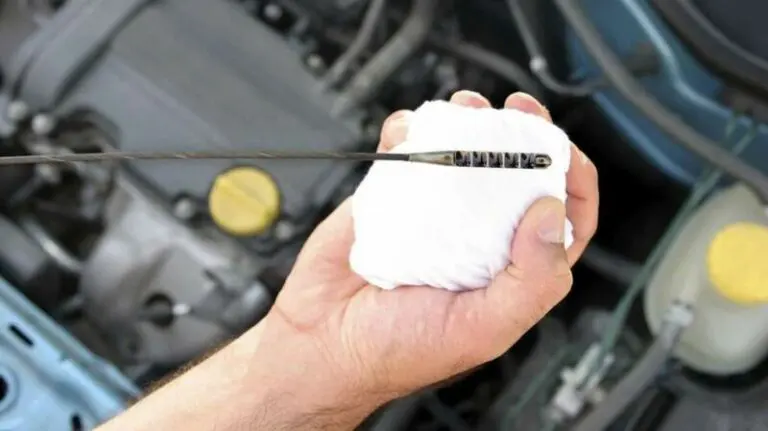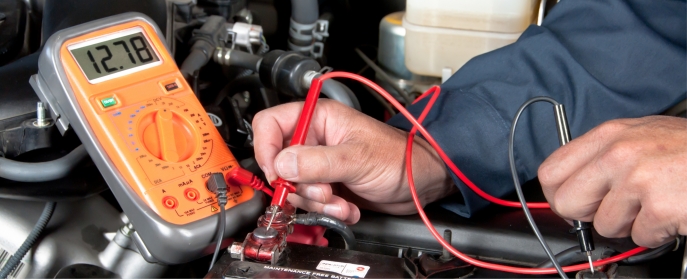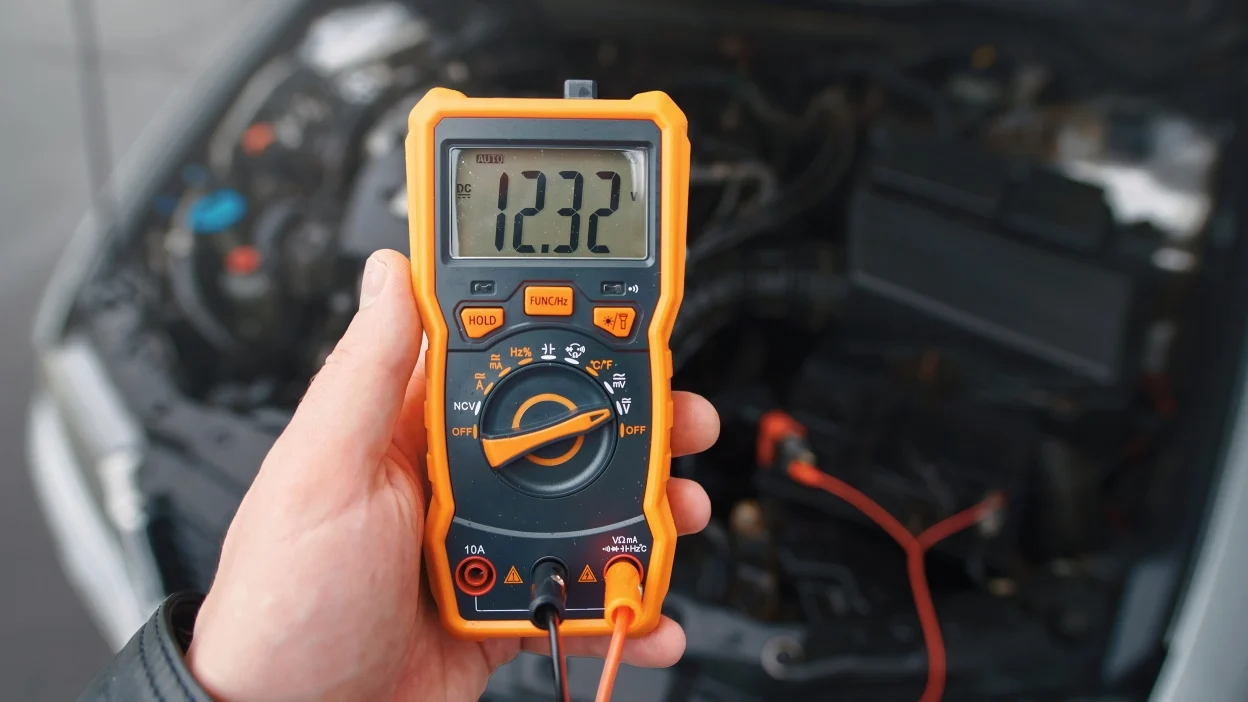Keeping your car’s engine well-maintained is essential for optimal performance and longevity. One of the easiest and most important maintenance tasks is checking your car’s oil level. Knowing how to check if car oil is low can prevent costly engine damage, ensuring that your vehicle stays in good running condition. In this guide, we’ll walk you through how to check if car oil is low and what to do if it is.
Table of Contents
Why Checking Your Car Oil Matters
Engine oil lubricates the moving parts in your car’s engine, reducing friction and heat. If your car oil is low, these parts can wear out faster, leading to more serious issues. Learning how to check if car oil is low will help you avoid unexpected breakdowns and costly repairs.
Signs That Your Car Oil Might Be Low
While regular checks are ideal, certain symptoms can indicate when car oil is low. Here are a few signs:
- Oil Warning Light: Many modern vehicles have a dashboard indicator that lights up when the oil level is too low.
- Engine Noise: Low oil can cause increased engine noise as components grind against each other.
- Burning Smell: If you smell burning oil, it might mean you’re running low, or there’s a leak.
Step-by-Step: How to Check if Car Oil is Low
1. Park Your Car on a Level Surface
For an accurate reading, make sure your car is parked on a flat surface. A tilted angle can misrepresent the oil level. Turn off the engine and let it cool down for a few minutes so the oil can settle.
2. Open the Hood and Locate the Dipstick
Locate the dipstick under the hood; it usually has a bright handle, often orange or yellow. Knowing where to find the dipstick is key when learning how to check if car oil is low.
3. Pull Out the Dipstick and Wipe It Clean
Carefully remove the dipstick and use a clean rag or paper towel to wipe it down. This will remove excess oil and allow for a clear reading when reinserted.
4. Reinsert the Dipstick
Insert the dipstick back into the tube, making sure it goes all the way in. Pull it out again to see where the oil level stands.
5. Examine the Oil Level
Check the end of the dipstick. It will have two marks, indicating “full” and “low.” If the oil level is between these two marks, you’re good to go. If it’s below the “low” mark, you may need to add more oil. Understanding how to check if car oil is low helps ensure you’ll spot any need for a top-up before it’s too late.
6. Check the Oil’s Condition
Aside from the level, pay attention to the oil’s color. Fresh oil is amber-colored, while darker oil may indicate it’s time for an oil change. Learning how to check if car oil is low also includes recognizing when it might be time for new oil entirely.
What to Do if Your Car Oil is Low
If you’ve followed these steps and confirmed your car oil is low, here’s what to do next:
- Top Up with the Correct Oil: Consult your owner’s manual for the recommended oil type and viscosity. Pour a small amount of oil at a time, then recheck with the dipstick.
- Check for Leaks: Low oil levels can sometimes be a result of leaks. Look for any oil puddles or stains under your car. If you’re unsure, a mechanic can help.
- Schedule an Oil Change: If you’re frequently finding your car oil is low, it could be time for a full oil change.
How Often Should You Check Your Car Oil?
For those who drive frequently or use their vehicles for long trips, checking oil monthly is advisable. Understanding how to check if car oil is low should be part of your routine maintenance checklist. Regular checks will keep your engine healthy and prolong your vehicle’s life.

Common Questions About Checking Car Oil
Q: Can I check my car oil when the engine is hot?
A: It’s best to wait a few minutes after turning off the engine to let the oil settle, as this can provide a more accurate reading.
Q: What happens if I overfill my car’s oil?
A: Too much oil can cause engine strain and even leaks. When learning how to check if car oil is low, it’s also essential to be careful not to overfill.
Q: Is it okay to drive if my car oil is low?
A: Driving with low oil can damage the engine. Once you know how to check if car oil is low, make it a priority to address low levels immediately.
Final Thoughts on How to Check if Car Oil is Low
Regular oil checks are crucial for maintaining your vehicle. Now that you know how to check if car oil is low, you can ensure your car runs smoothly and safely. By following these steps and checking your oil monthly, you’ll be taking an essential step in preserving your engine’s health.
Related Post:
Check out our guide on how to fix a broken car horn or learn how to replace a car brake light bulb. Each post offers practical advice on handling common car issues, so you can keep your vehicle in top condition.





Leave a Reply